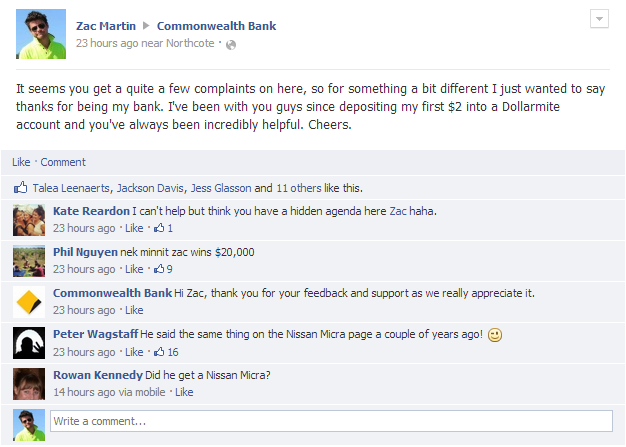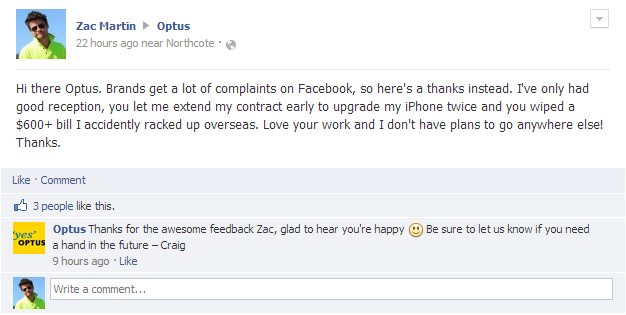1) Niche is tough
As with all products, you want to appeal to a specific market, which makes it significantly easier to generate publicity. However you can’t be so specific that it’s hard for the ‘average’ person to justify getting behind you’re campaign.
I designed a product to fix a problem I have at home. As it turns out my fridge is pretty unique these days, with a type of shelving that is almost obsolete. It was a sticking point, and ultimately I believe the biggest reason people wouldn’t get around it.
2) Shipping is a bitch
It’s tough justifying a shipping fee that costs as much as the item.
Sadly anything bigger than an ‘envelope’ is considered a ‘package’ by Australia Post, irrespective of weight and has a minimum charge of $6.60. More so, this additional cost of fulfillment hugely increased the overall required funding goal.
Particularly when you need to sell a lot of products at a low price (as opposed to fewer products at a higher price), high postage costs really cause headaches.
3) Plan out your PR campaign before you launch
I thought I had a pretty good grip on things prior to launch. I had a rough idea of what the press release needed to say and a rough plan of attack for people I wanted to contact.
But then the campaign started and it got crazy busy. You start playing catch up with people you need to contact, requests for images and more information, interviews and back-and-forths, answering questions, keeping backers updated, promoting it across various social platforms, and plenty more. On top of that I’d have new ideas daily on how to get the word out which just added on top of everything else.
Instead, prior to launch I should have had as much planned for as I could. Have press releases ready, email templates for different audiences and an exhaustive list of friends, family, networks, reporters and randoms you can contact, all before you push the campaign live.
4) ‘Advertising’ did not work
I thought it would be interesting to trial a couple of different means of getting the word out during the campaign, including some ‘advertising’. Sponsored tweets (where a popular Twitter account tweets for cash), advertising on Reddit and Facebook ads all had little to no impact at all.
It probably depends on the nature of your campaign, but for me I would categorise it bluntly as a complete waste of money.
5) Don’t overshoot the funding goal
While planning out the campaign, I determined the funding goal based on exactly what I would need to break even. But what I didn’t consider is that I probably would have been willing to throw in some money myself.
So before your campaign starts, have a think about how much you’d be willing to top it up if the funding goal was just short. If you’re looking to raise $10,000, it gets to $9,000 and you’d be willing to put in the rest, you should really have reduced your funding goal by $1,000 before you started.
All money on successful campaigns generally loses around 7% in fees. So it doesn’t make sense to contribute to your own campaign. (However it would be the perfect means of money laundering. I wonder if Mastercard have thought of this yet.)
You can always raise above and beyond your funding goal, so aim as low as possible.
6) Reddit is untapped potential
As mentioned above, advertising on Reddit did not work. But my number one source of traffic to the campaign page came from a post I put up on /r/shutupandtakemymoney. It’s a risky strategy and I received a substantial amount of criticism and negative feedback, but for the most part Reddit loves a good idea and don’t mind getting behind something they like.
I’d only recommend it if you’ve been across Reddit for a while and have a bit of an idea of how it works there, but the above sub reddit was low hanging fruit for me, and there’s plenty of highly focused communities on there for just about anything you can think of.
7) My family, friends and networks are awesome
I honestly didn’t expect the response I got from the people I know. It’s worth remembering that most of them don’t want to see you fail and will promote the shit out of your campaign for you. And if any of you are reading this who pledged or shared my campaign, thank you.
So what next for me? “Pivot” seems to be a popular word in the entrepreneurial space at the moment.
One of the great things about crowd-funding (other than the fact the only thing at risk is your ego) is that it’s effectively a market research tool. The feedback overwhelmingly suggests people love the idea, but not the execution. So I’ll be taking on board the learings above and tweaking it. For me, that means a product that works in fridges with glass-shelves. And hopefully a cheaper means of postage.
Maybe I’ll even be back on Pozible in six months with the Beerend 2.0.


